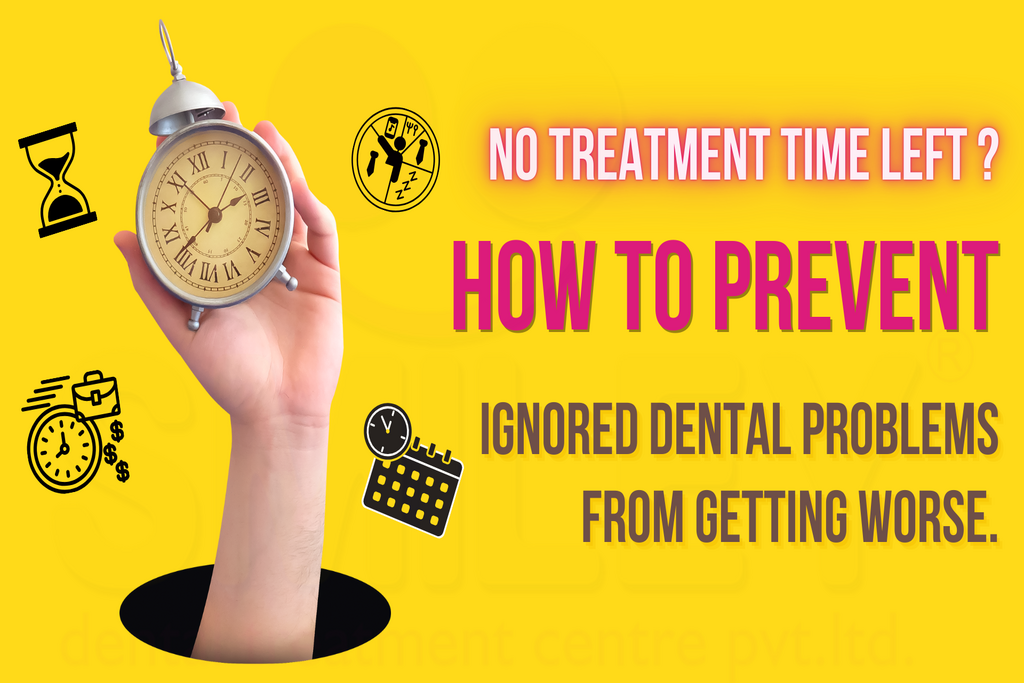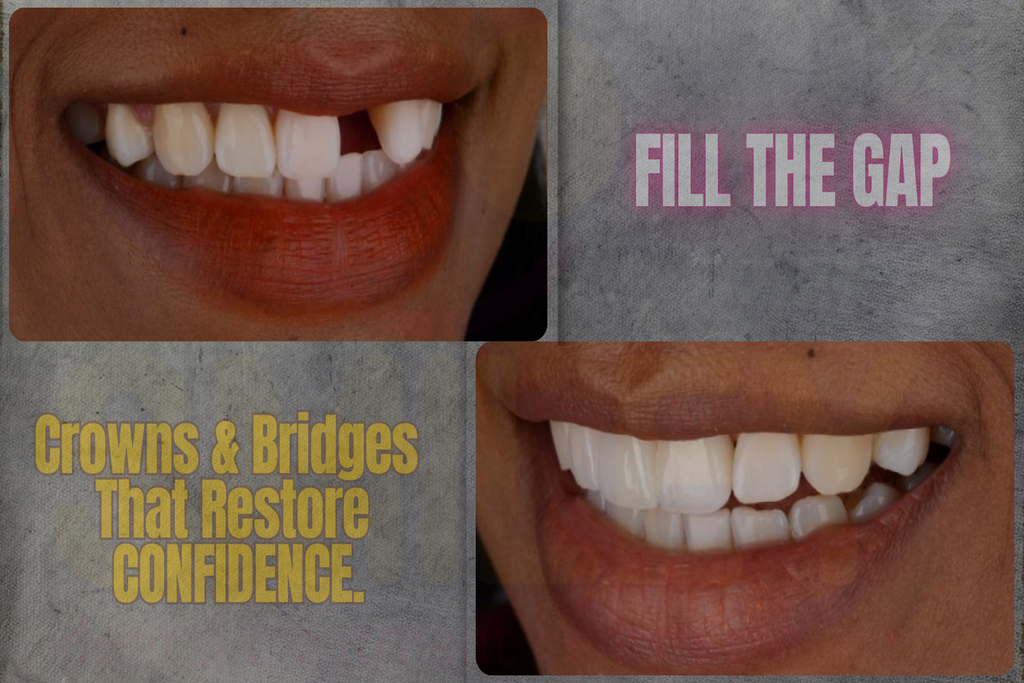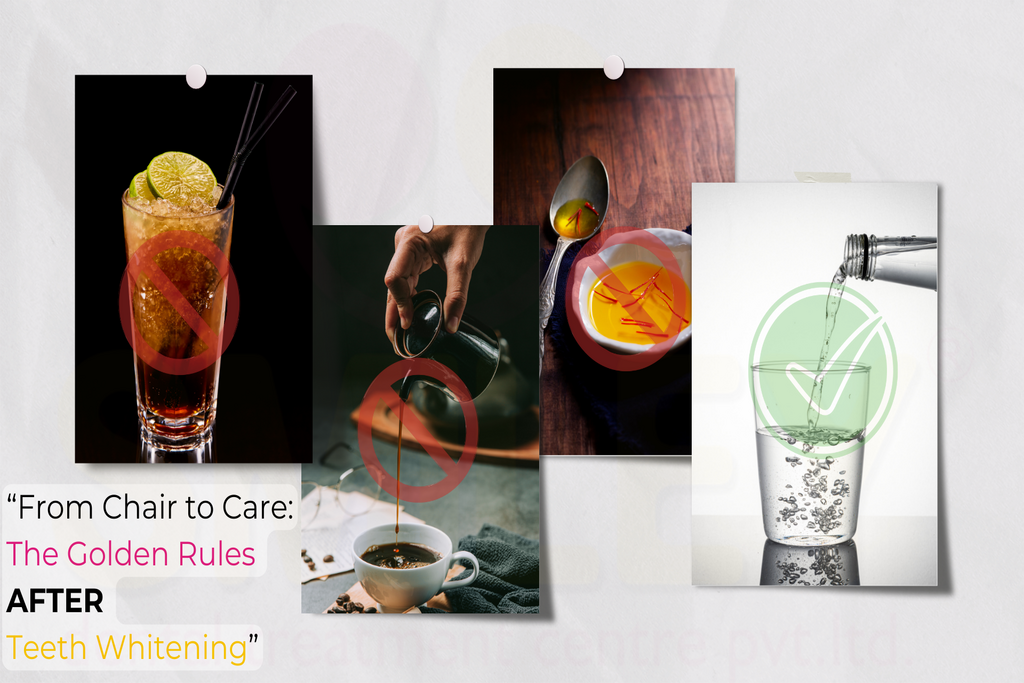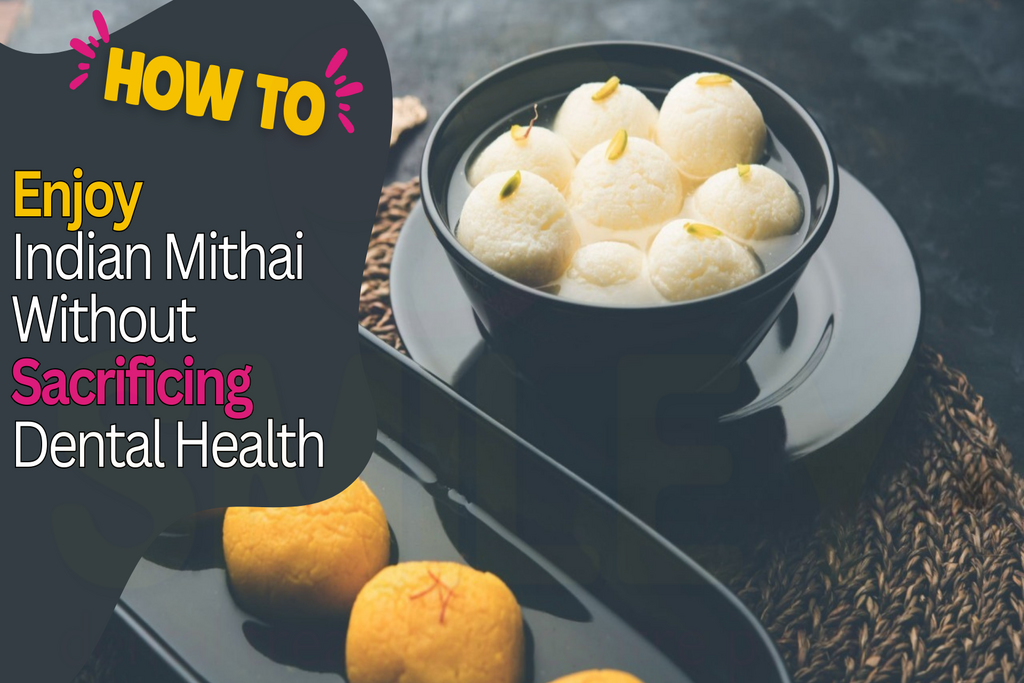Introduction: Misled by the Internet
A quick search for “tooth pain solution” or “RCT vs. extraction” brings up thousands of links—most lacking scientific accuracy or clinical context. From blog posts to influencer reels, opinions on dental treatments are abundant and often dangerously misleading.
This blog is not opinion—it’s evidence. We’ll decode what Google doesn’t tell you, and what every quality-conscious patient in India should know about choosing between root canal treatment and extraction.
The Internet vs. Reality: A Dangerous Mismatch
Let’s start with a reality check.
- Internet says: Extraction is fast and cheap.
- Clinical evidence says: It may lead to long-term complications like bone resorption, malocclusion, and costly implants.
- Internet says: Root canals are painful and unreliable.
- Journal of Dental Research (2016) says: Modern RCTs have a >90% success rate when done properly, with little to no post-operative pain.
In fact, a 2021 study in Clinical Oral Investigations noted that the major cause of RCT failures in India is delayed treatment or incomplete therapy, not the procedure itself.
The Economic Fallacy
Many assume extraction is more economical. But the true cost includes:
- Loss of chewing function
- Aesthetic deterioration
- Implant or bridge placement (which can cost 4x more than an RCT)
- Future dental treatments due to imbalance or shifting of teeth
Root canal treatment is actually more cost-effective long-term, especially for quality-conscious individuals who understand the value of preventive and restorative care.
Root Canal: The Lifestyle-Friendly Choice
For working professionals, entrepreneurs, and socially active individuals, maintaining a natural smile is not vanity—it’s visibility. A well-done RCT:
- Preserves facial structure
- Supports clear speech
- Retains natural bite and chewing, especially important in Indian diets that include chapatis, dals, pickles, and coarse food
Unlike extraction, there is minimal downtime, and with modern techniques (rotary endodontics, apex locators), most RCTs are completed in 1–2 visits.
When Extraction Is Actually Recommended
Science-based dentistry isn’t one-size-fits-all. A trustworthy dentist will suggest extraction only when:
- The tooth has vertical cracks extending to the root
- Severe infection has destroyed surrounding bone
- There’s recurring infection despite retreatment attempts
A good dental clinic will always present these options transparently, with radiographic evidence and clinical rationale—not just price comparisons.
Social Media vs. Clinical Expertise
From celebrities claiming “they just got it removed” to DIY dental influencers advising salt gargles and clove oil for abscesses, misinformation is rampant. What they don’t show is the long-term pain and cost from bad decisions.
Don’t take dental advice from someone with a ring light and a sponsorship deal. Instead, rely on board-certified dentists who base decisions on diagnostic tools like RVG imaging, clinical examination, and patient history.
India’s Health Neglect Problem
Let’s also acknowledge the elephant in the room: cultural delay in dental care. Many Indians consider dental health “non-essential” until it affects eating or sleeping. Unlike blood pressure or diabetes, dental diseases don’t get routine checks—even though they’re just as systemic.
This often results in avoidable extractions when timely RCT could have saved the tooth.
Conclusion: Ask Better Questions, Choose Better Outcomes
Before you ask “Should I pull the tooth?” ask this instead:
- “What’s the long-term outcome?”
- “What will happen to my bite, bone, and smile?”
- “What does clinical evidence recommend?”
At a reputed dental clinic, the decision between RCT and extraction is not about price—it’s about preserving your lifestyle, function, and confidence. Let a qualified dentist, not an algorithm, guide that choice.
Edited by Dr Sourav Ghosh (MDS); Gold Medalist
Clinical Head at Smiley Dental Treatment Centre Pvt Ltd

















